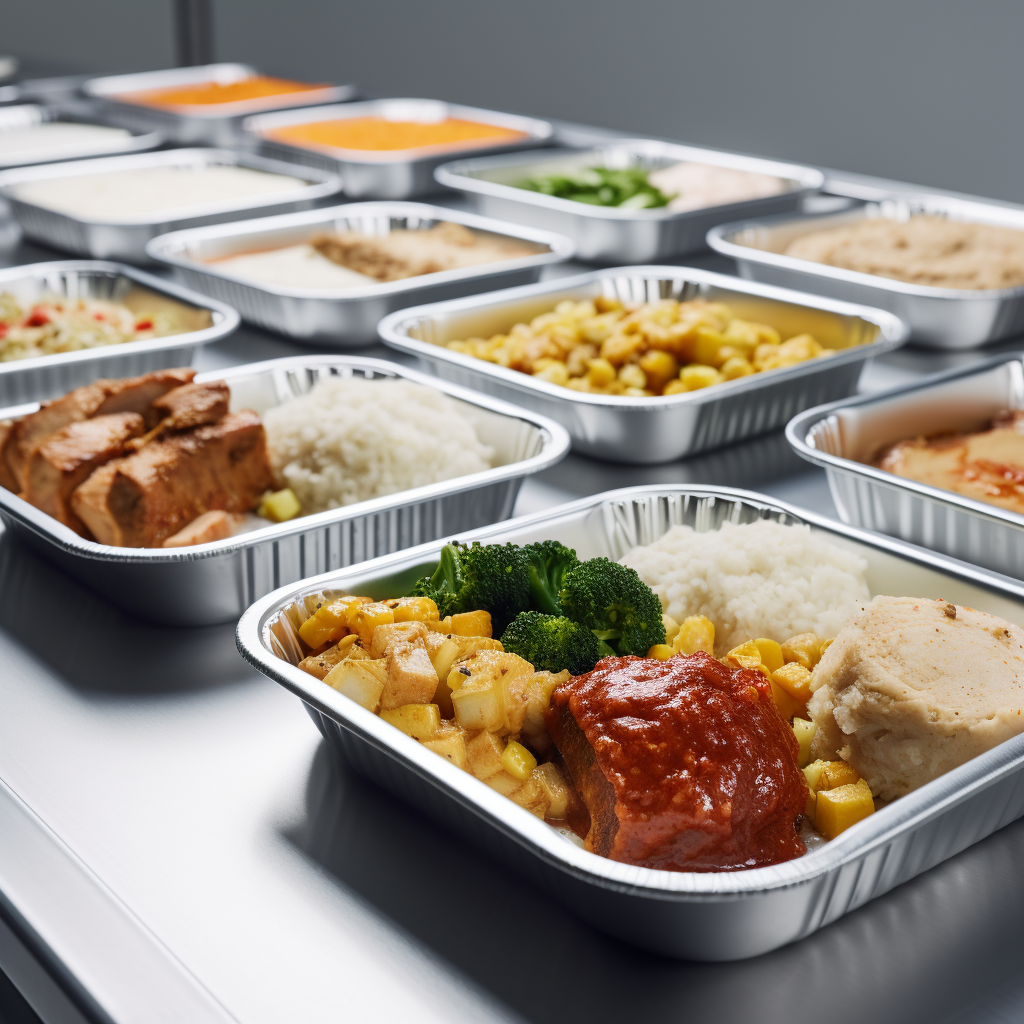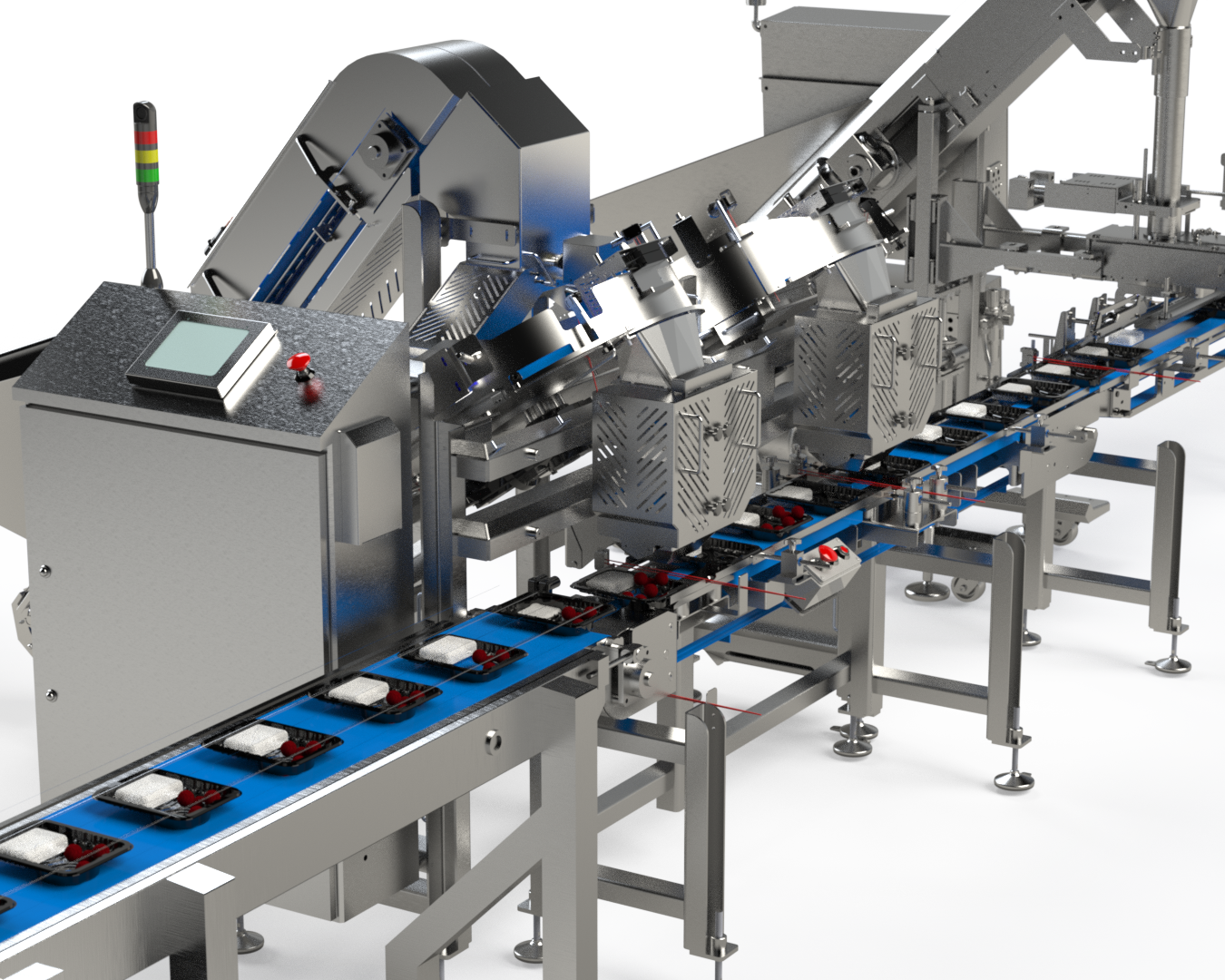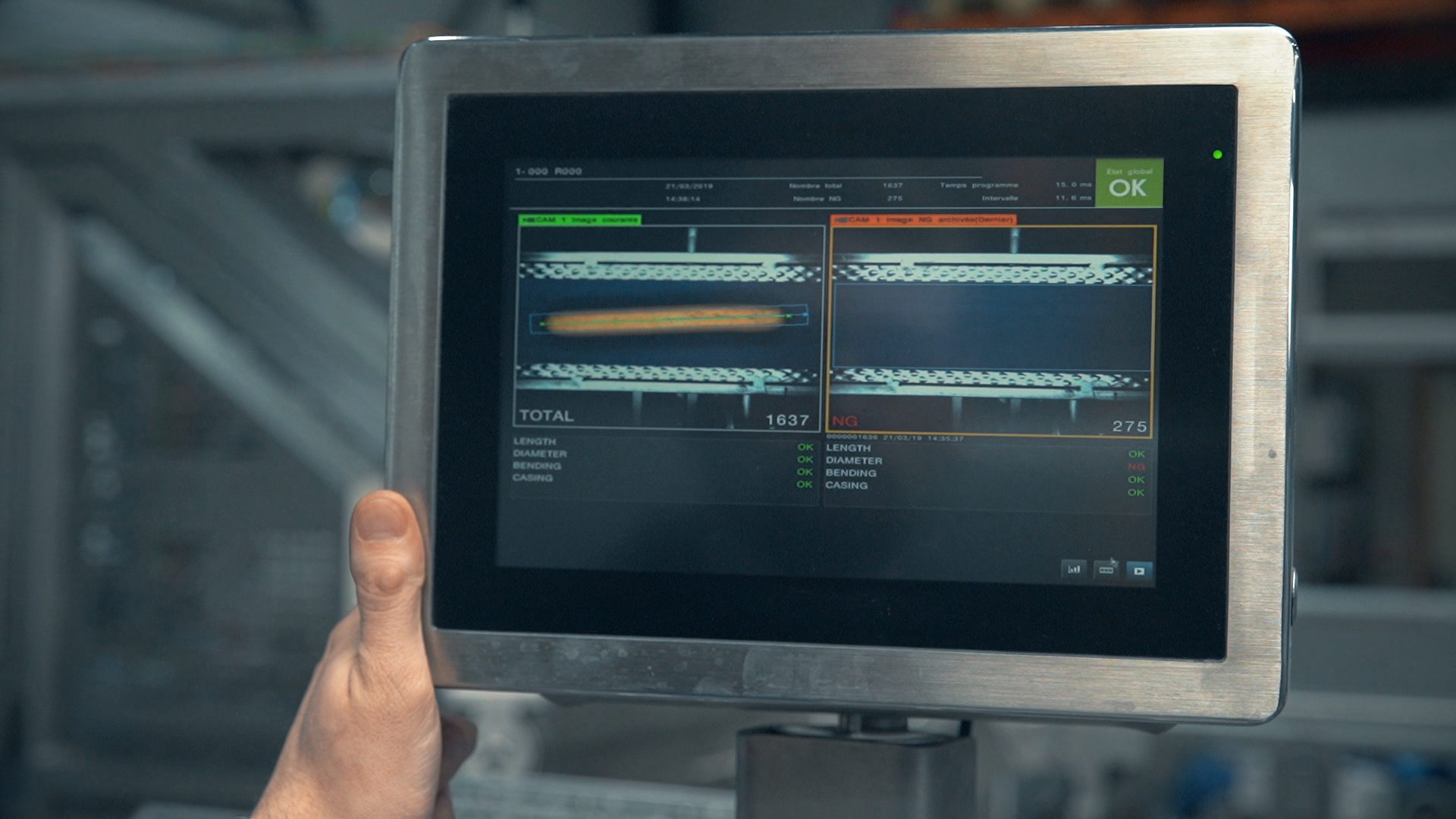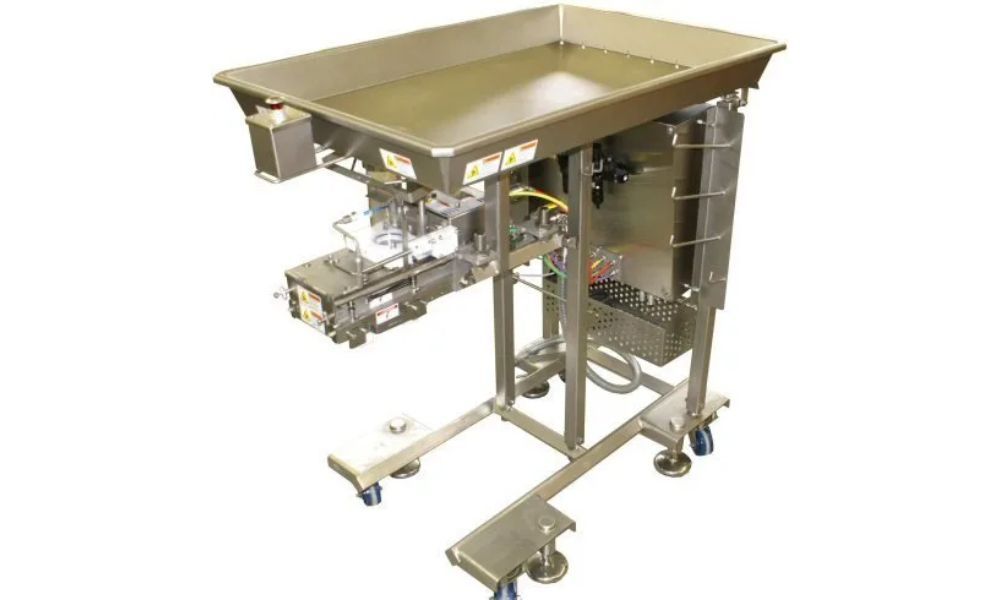Current Good Manufacturing Practices
Food safety is of utmost importance in the food industry, and several systems work together to prevent foodborne illnesses. This article explores the harmonization of Current Good Manufacturing Practices (cGMP), Hazard Analysis and Critical Control Points (HACCP), and Hazard Analysis and Risk-based Preventive Controls (HARPC) in ensuring food line safety. We will delve into the synergy between these systems, the role of critical control points, and their practical application in both automatic and manual counting devices. Additionally, we will discuss how cGMP, HACCP, and HARPC optimize automatic filling machines for enhanced food safety.
This is the second in a series of articles on cGMP. Read the others here:
Delving into cGMP: Its Crucial Role in Food Packaging and Safety

The Synergy of cGMP, HACCP, and HARPC in Food Safety
cGMP, HACCP, and HARPC are interconnected systems that work harmoniously to prevent foodborne illnesses and maintain food safety. cGMP provides guidelines for manufacturing practices and quality control, while HACCP focuses on identifying and managing critical control points. HARPC builds upon HACCP by incorporating risk-based preventive controls. Together, these systems create a comprehensive framework to ensure the highest standards of food safety.
The Role of Critical Control Points in the Intersection of cGMP, HACCP, and HARPC
Critical control points (CCPs) play a crucial role in the intersection of cGMP, HACCP, and HARPC. These are specific points in the production process where control measures can be applied to prevent, eliminate, or reduce hazards. By identifying and implementing CCPs, manufacturers can effectively address potential risks and ensure the safety of their products. The integration of cGMP, HACCP, and HARPC allows for a systematic and proactive approach to food safety.
cGMP, HACCP, and HARPC in Action: A Look at the Automatic Counting Machine
Automatic counting machines are widely used in the food industry for efficient and accurate product counting. These machines operate within the framework of cGMP, HACCP, and HARPC to maintain food safety. Adhering to cGMP guidelines ensures that the machine is designed, operated, and maintained to prevent contamination. HACCP principles help identify critical control points within the machine's operation, while HARPC adds an additional layer of risk-based preventive controls. This comprehensive approach ensures that automatic counting machines contribute to overall food safety.
Ensuring Food Safety with Manual Counting Devices: The Role of cGMP, HACCP, and HARPC
Although manual counting devices are still used in certain food production settings, it is essential to follow cGMP, HACCP, and HARPC guidelines to prevent foodborne illnesses. Manufacturers must implement proper cleaning and sanitation procedures, adhere to cGMP requirements for equipment design, and identify critical control points to prevent contamination or other hazards. By integrating these systems, manual counting devices can maintain the same level of food safety as automatic machines.
Optimizing Automatic Filling Machines with cGMP, HACCP, and HARPC for Food Safety
Automatic filling machines are vital in the food industry for accurate product filling and packaging. To optimize these machines for food safety, manufacturers should consider the principles of cGMP, HACCP, and HARPC. This includes ensuring proper equipment design, implementing preventive controls at critical control points, and conducting regular monitoring and verification procedures. By harmonizing these systems, automatic filling machines can uphold the highest standards of food safety throughout the production process.
In conclusion, the harmonization of cGMP, HACCP, and HARPC is essential for preventing foodborne illnesses and ensuring food safety in the food industry. By understanding the synergy between these systems, identifying critical control points, and implementing preventive controls, manufacturers can uphold the highest standards of quality and protect consumer health. Whether using automatic or manual counting devices, integrating cGMP, HACCP, and HARPC principles is crucial for maintaining food safety throughout the production line. By optimizing automatic filling machines with these systems, manufacturers can further enhance food safety and deliver products that meet the highest industry standards.
To further enhance your food safety measures and explore the solutions that Multi-Fill offers, we invite you to
contact us today. Our team of experts is ready to provide you with more information and guidance on how our innovative products can optimize your automatic filling machines, manual counting devices, and other food production equipment.
Designing a food filling line: Product is king

















